
Pony AI robotaxi and autonomous driving tech developer, now based in China, has been expanding its operations in China's cities and elsewhere, seeking to gain scale in the country's largest metropolises.
China has not embraced robotaxi tech at the same pace as the US for a variety of reasons, including protecting the human-driven taxi and ride-hailing industries.
Pony AI has recently increased the rate of robotaxi production along with two manufacturing partners in China, but it's still far from having fleets of thousands of vehicles.
Waymo may be the undisputed robotaxi leader at the moment, at least in the US. But how many others with operations in the US can you name besides Tesla, which launched an asterisk-laden experiment in Austin a few weeks ago?
In the US there is certainly Zoox, which is working on its own uniquely expensive version of SAE Level 4 service in a couple of large cities, including the Bay Area.
But it's not anywhere close to achieving any sort of scale.
There is also May Mobility, which recently partnered with Uber on robotaxi operations, and Volkswagen's MOIA unit, which is also teaming up with Uber for the same reason.
But it has been a few months since we've heard from US-founded Pony AI.
Back in April the company launched a European hub, establishing a testing center in tiny Luxembourg and receiving a permit from the country's Ministry of Mobility and Public Works to test its tech on public roads.
But that hardly makes it a Waymo competitor, one might argue, with the latter now providing 250,000 autonomous rides per week.
Pony AI has been quietly gaining momentum, it turns out.
This year it launched driverless operations in Shanghai, making it a rarity among SAE Level 4 operators in the Middle Kingdom when it comes to coverage in the country's four largest cities.
From Bay Area to Middle East, China
But overall, Pony AI has perhaps the most eclectic collection of cities where it has operations in addition to China, which is its main base of operations: South Korea, Dubai, and Luxembourg.
Pony AI is also perhaps unique in having been born in the Bay Area. It slowly migrated to Guangzhou, China, and now has operations not only in four of China's tier-one cities, but also has presence in Europe and the Middle East.
That's an odd collection of footprints around the world.
Two months ago Pony AI also started production of its Gen-7 Robotaxi vehicles, produced with Guangzhou Automobile Group (GAC) and Beijing Automotive Industry Corporation (BAIC), and expects to complete 1,000 units by the end of the year.
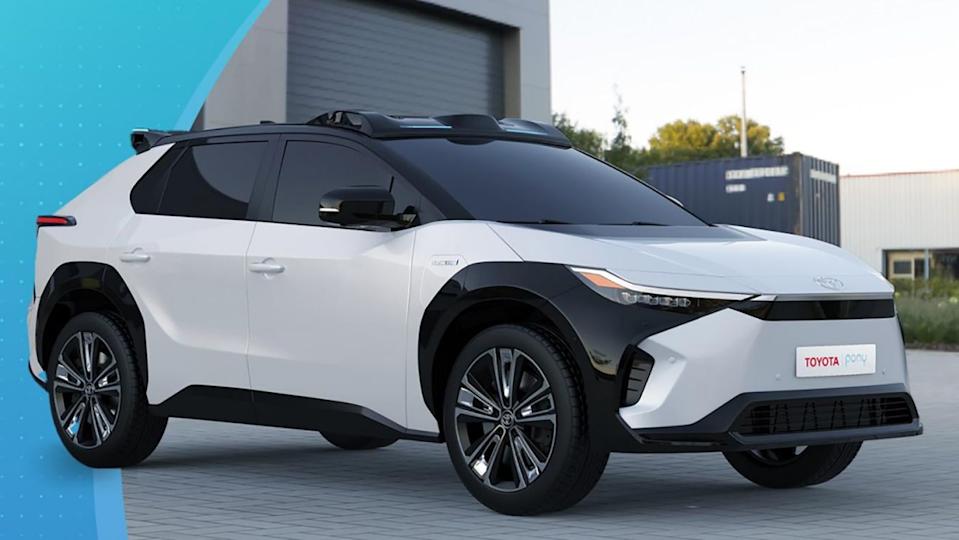
It is also working to solve the robotaxi issues that don't have much to do with tech per se, but are still proving harder to solve than the mere SAE Level 4 tech behind robotaxis.
"Our robust Robotaxi revenues more than doubled, with fare-charging revenues surging by over 300% year-over-year," said James Peng, Chairman and CEO. "The path toward positive unit economics is also clear, as we made substantial improvements in key cost items such as remote assistance and vehicle insurance."
"These achievements are underpinned by our rapid scaling and operational breakthroughs in all four tier-one cities in China, coupled with expanded presence in Dubai, South Korea, and Luxembourg."
One of the next goals is perfecting a sustainable monetization model, which includes partnerships with taxi operators in Shenzhen, China, with plans to run over 1,000 Gen-7 Robotaxis.
Operating in Seoul, Gangnam Style
In the coming years, we expect Pony AI to solidify its presence in China for the most part, as that is where it has the most momentum and the most regulatory success. But collaboration with Dubai’s Roads and Transport Authority (RTA) could also bring fruit in the longer term.
Another feat was securing nationwide permits for autonomous operations in South Korea, including launching operations in Seoul's trendy Gangnam district.
Pony AI's Luxembourg operations, meanwhile, include a partnership with Emile Weber as a fleet service provider for a future fleet of robotaxis.
So while Waymo may be the undisputed US robotaxi tech leader, it is by no means the sole player with momentum in other crucial markets, and it already faces strong competition in Europe from China-based Baidu's Apollo Go.
If there is a major limitation that China's robotaxi industry faces, it's that Pony AI and Apollo Go still have fleets of merely hundreds of cars across several cities, which hardly signals taking away market share from taxis.
The regulatory climb that SAE Level 4 robotaxi tech may face in China could ultimately end up being more complex than in the US. Plus, robotaxis will still have to compete cost-wise with taxi companies in China, which are already far less expensive to run with a human driven-car than in the US.

China also appears cognizant—free from the western market optimism regarding robotaxis' potential to eventually drive a car more profitably than a human might—that robotaxi tech can be summed up as "job loss to automation," among other things.
As in America, as a matter of business operations robotaxis have to be less expensive to operate than human-driven cars, and this has been easy to forget in all the robotaxi buzz of the past few years.
Producing local low-skilled job losses, even while creating other jobs and building very high-tech cars, might not be necessarily seen everywhere as innovation, which is why the country still appears ambivalent about robotaxis' longer-term potential.
Will even 25% of all ride-hailing cars be robotaxis in the US by 2030? Let us know what you think in the comments below.
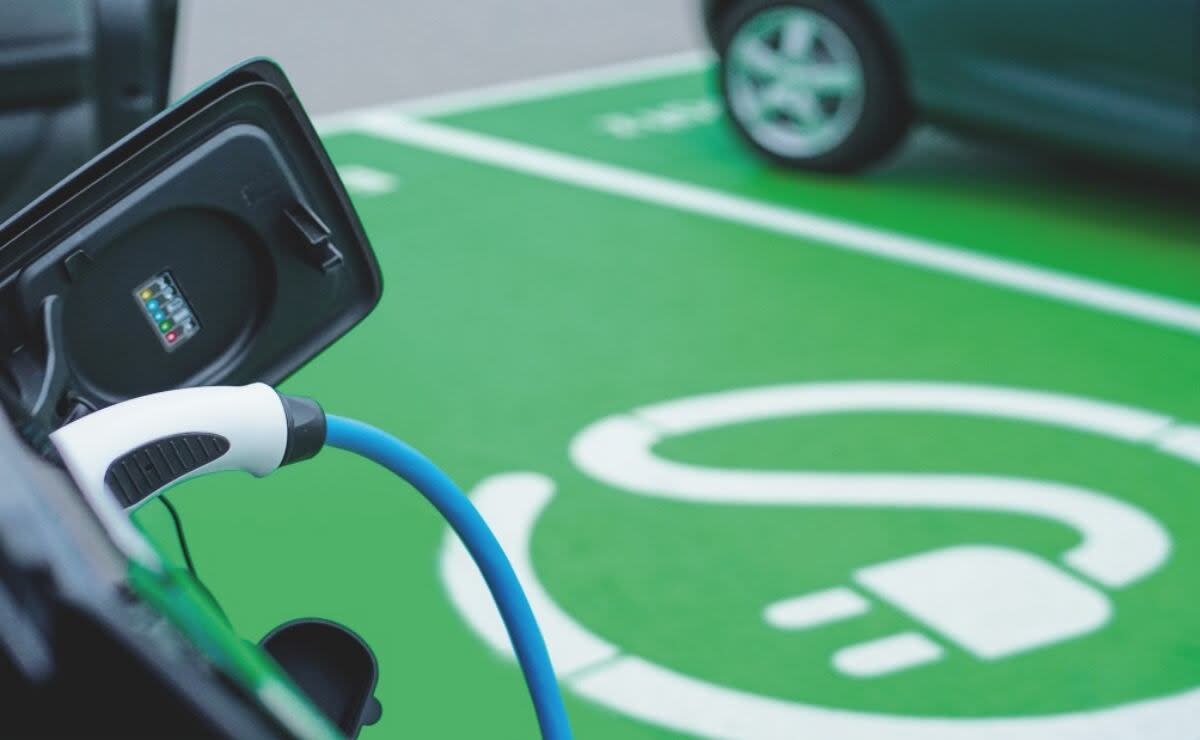
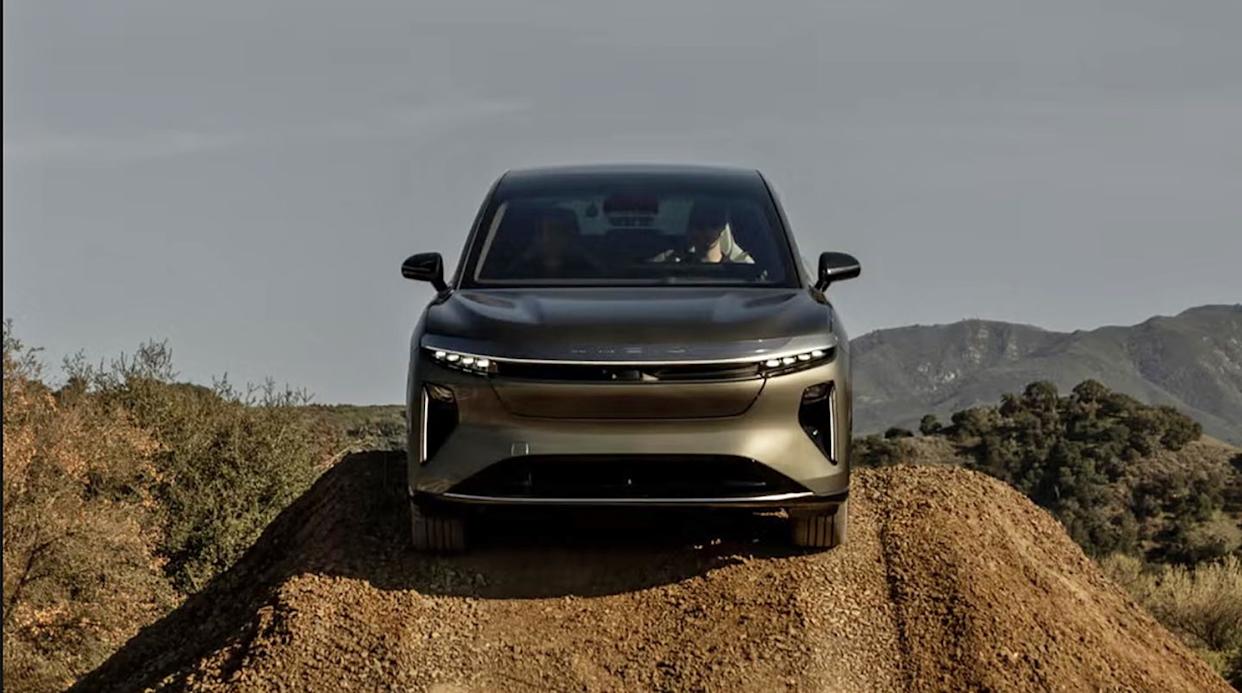


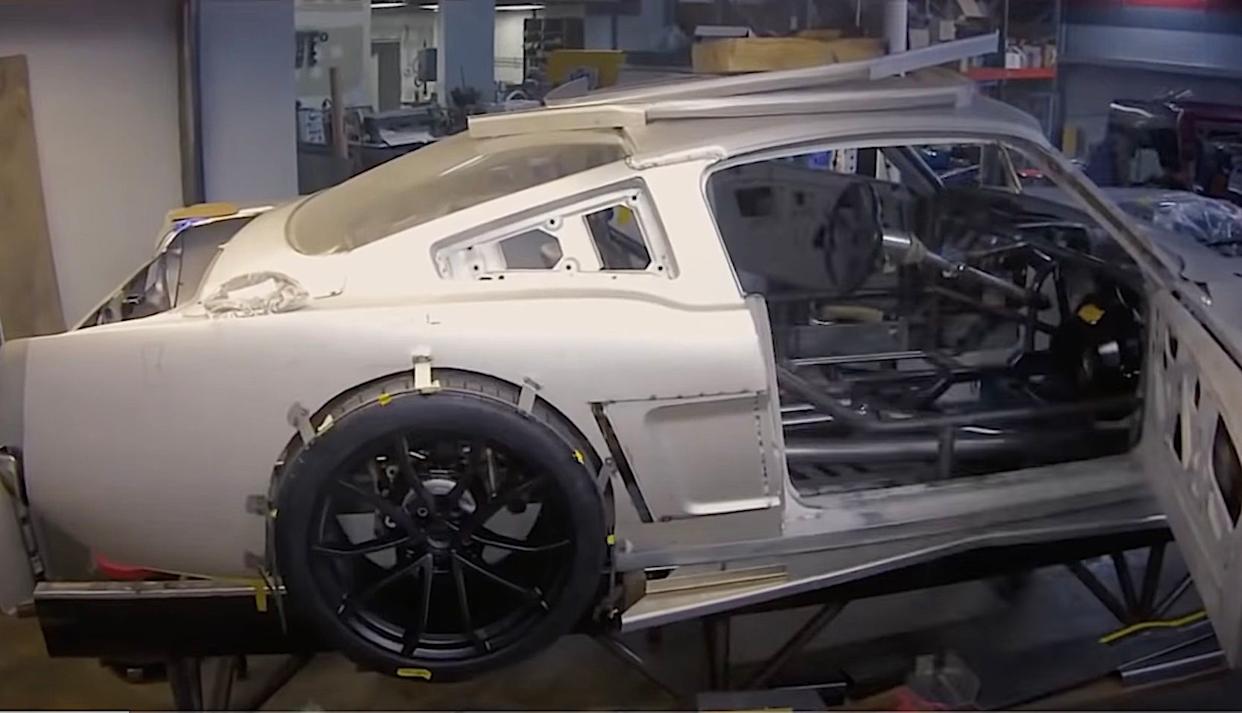
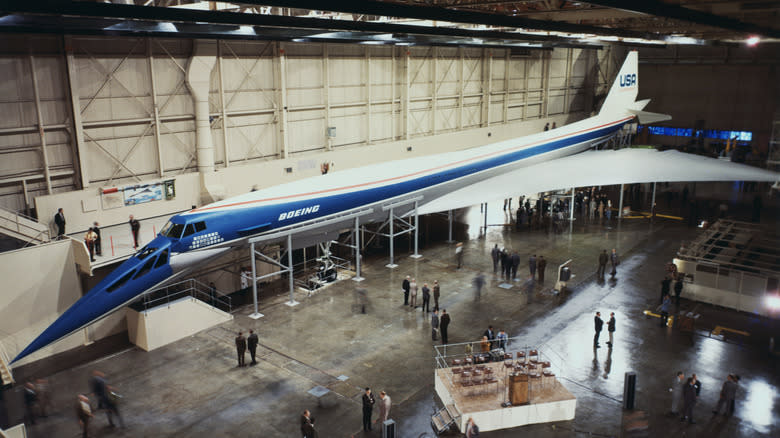
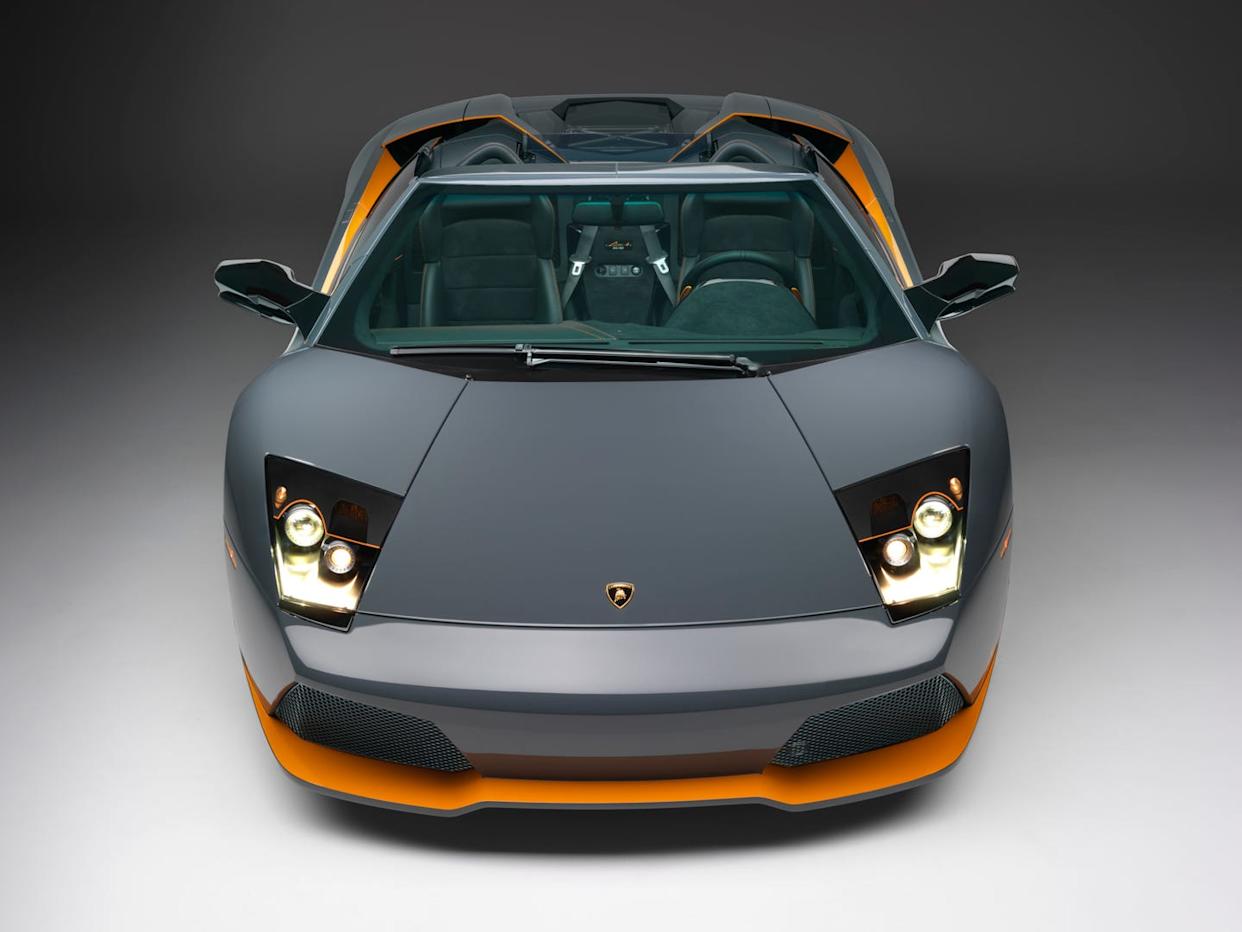

Comments